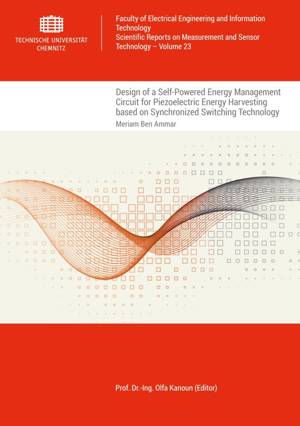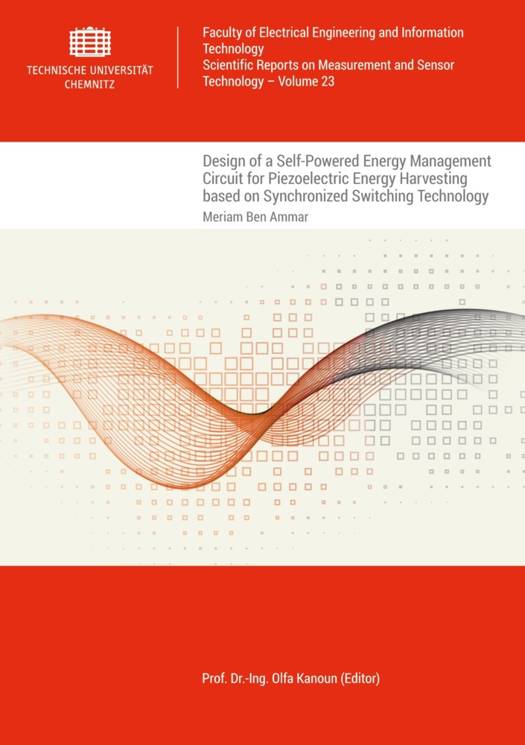
- Afhalen na 1 uur in een winkel met voorraad
- Gratis thuislevering in België vanaf € 30
- Ruim aanbod met 7 miljoen producten
- Afhalen na 1 uur in een winkel met voorraad
- Gratis thuislevering in België vanaf € 30
- Ruim aanbod met 7 miljoen producten
Zoeken
Design of a Self-Powered Energy Management Circuit for Piezoelectric Energy Harvesting based on Synchronized Switching Technology
Meriam Ben Ammar
€ 12,95
+ 25 punten
Omschrijving
Vibration converters based on piezoelectric materials are currently becoming increasingly important for powering low-power wireless sensor nodes and wearable electronic devices. Piezoelectric materials generate variable electrical charges under mechanical stress, requiring an energy management interface to meet load requirements. Resonant interfaces like Parallel Synchronized Switch Harvesting on Inductor (P-SSHI) are highly efficient and robust to energy sources and loads variations. Nevertheless, SSHI circuits require synchronous switch control for efficient energy transfer. At irregular excitation, SSHI circuits may not perform optimally because the resonant frequency of the circuit is typically tuned to match the frequency of the energy source, which in the case of footsteps can be irregular and unpredictable. In addition, the circuit may also be susceptible to noise and interference from irregular excitations, which can further affect its performance. The aim is to design a self-powered energy management solution that can operate autonomously even at low frequencies and for irregular chock excitations, while at the same time allowing higher energy flow to the energy storage device and maintaining high levels of energy efficiency. To evaluate the performance of the proposed circuit, a piezoelectric shoe insole is designed and used for testing with different storage capacitance values and loads as a proof of the circuit's adaptability to various loading conditions.
Specificaties
Betrokkenen
- Auteur(s):
- Uitgeverij:
Inhoud
- Aantal bladzijden:
- 134
- Taal:
- Engels
- Reeks:
- Reeksnummer:
- nr. 23
Eigenschappen
- Productcode (EAN):
- 9783961001972
- Uitvoering:
- Paperback
- Afmetingen:
- 148 mm x 8 mm
- Gewicht:
- 226 g

Alleen bij Standaard Boekhandel
+ 25 punten op je klantenkaart van Standaard Boekhandel
Beoordelingen
We publiceren alleen reviews die voldoen aan de voorwaarden voor reviews. Bekijk onze voorwaarden voor reviews.











